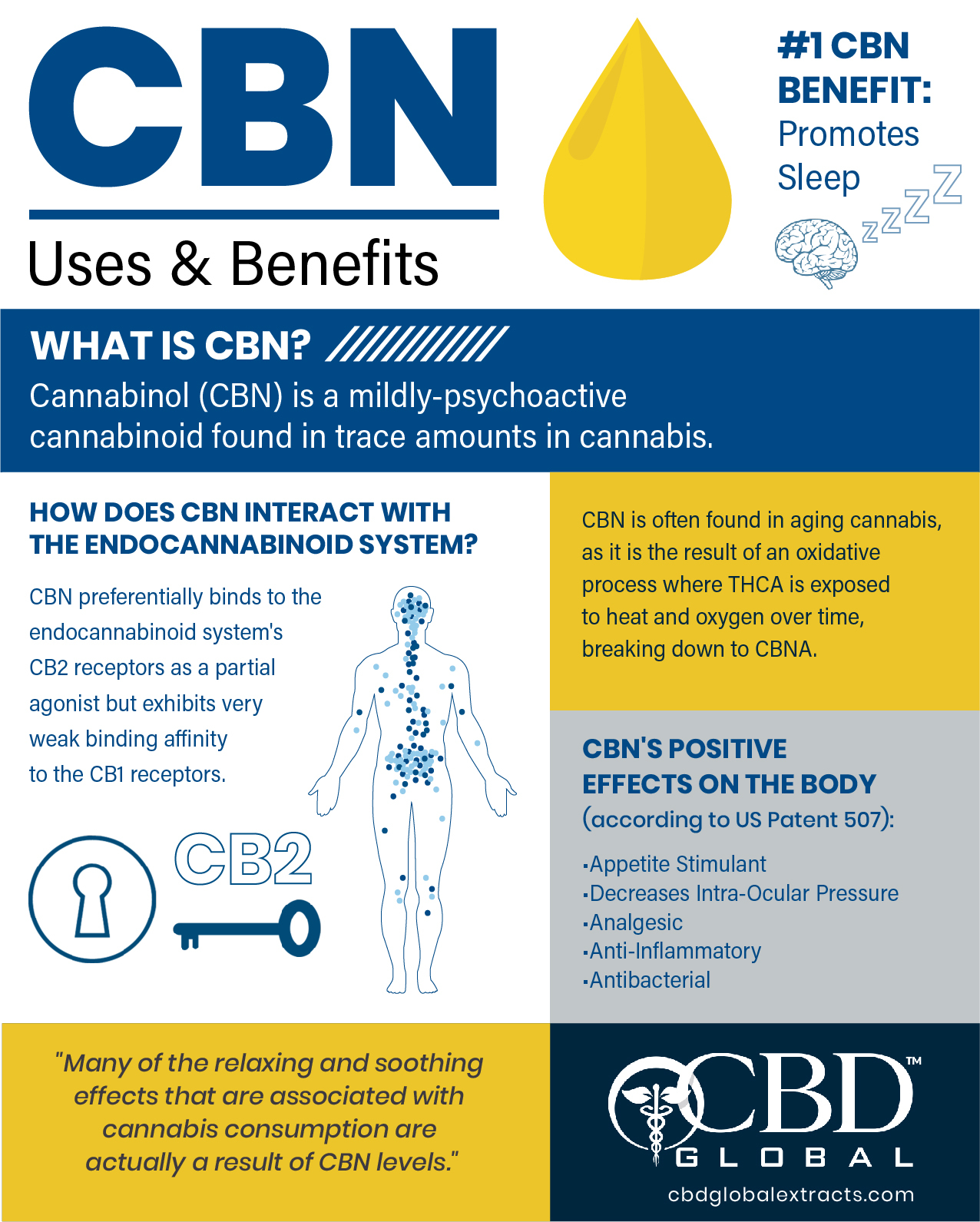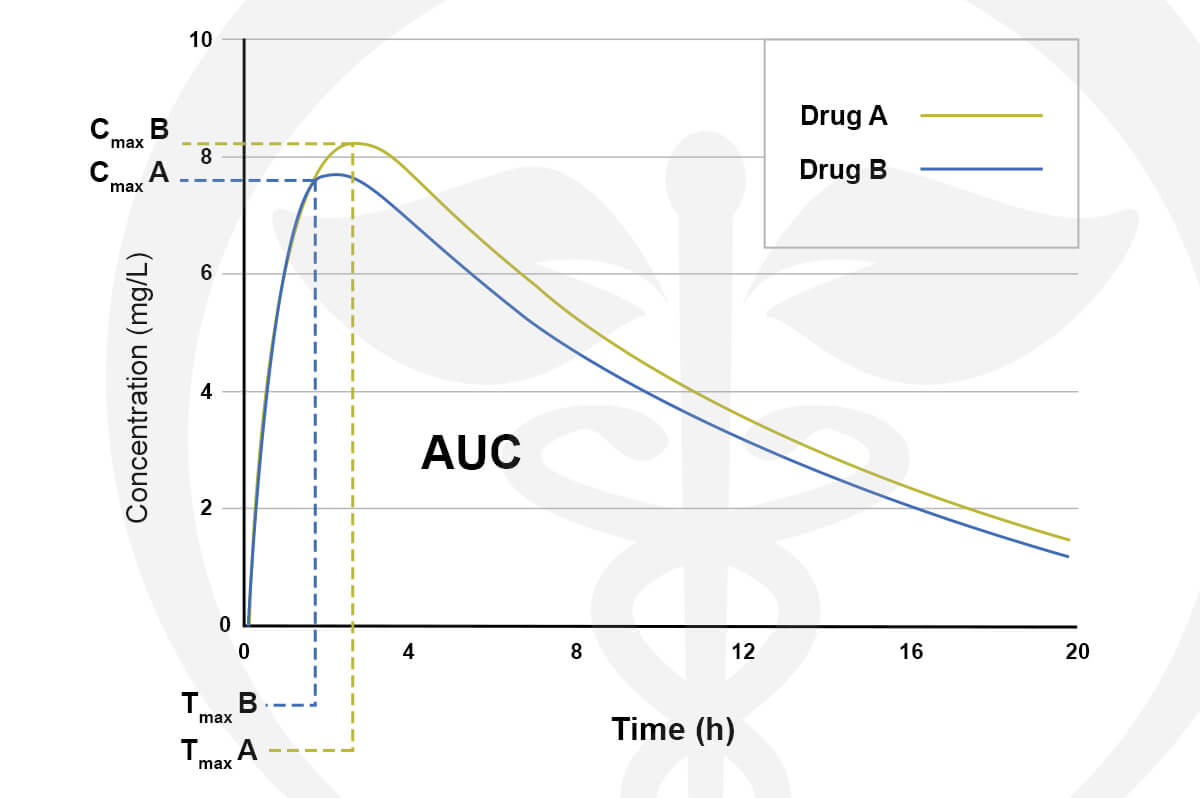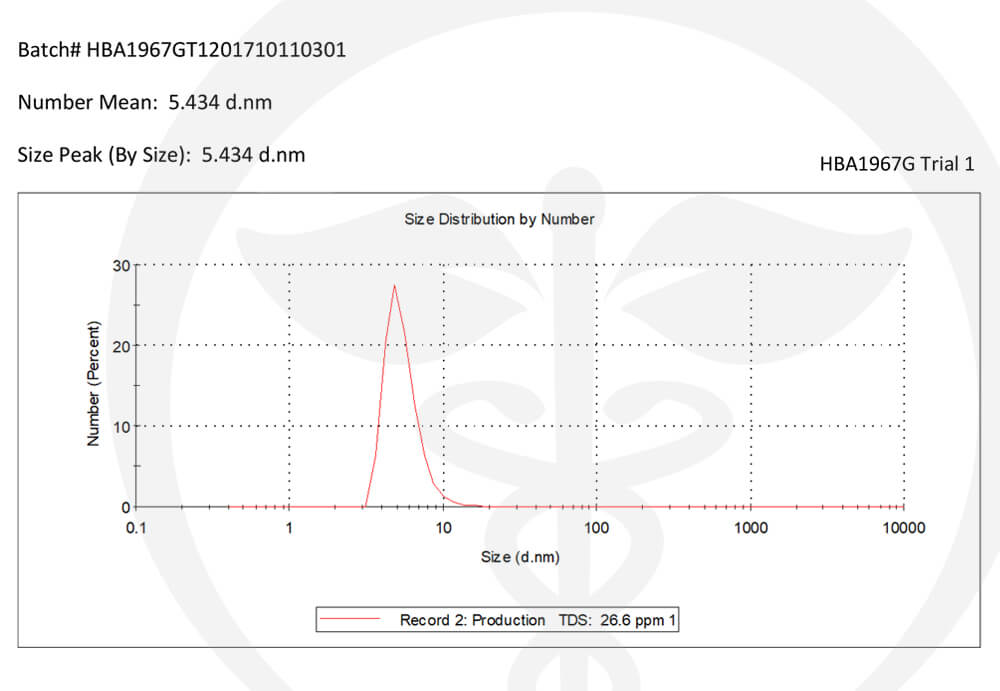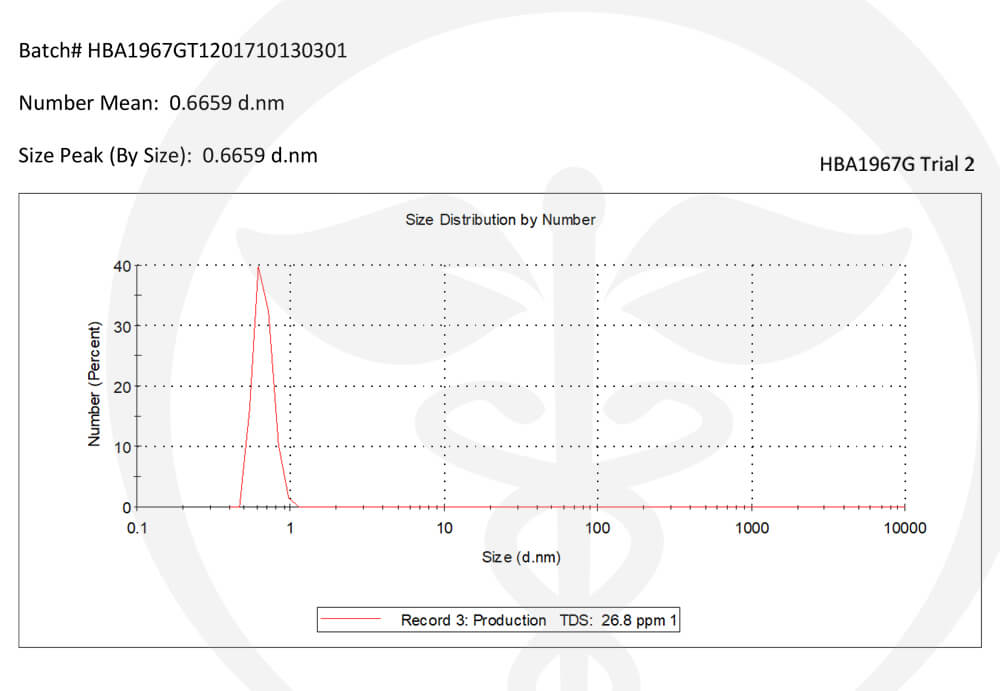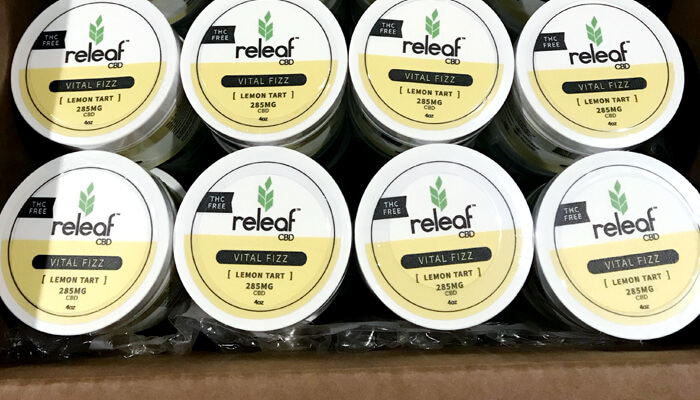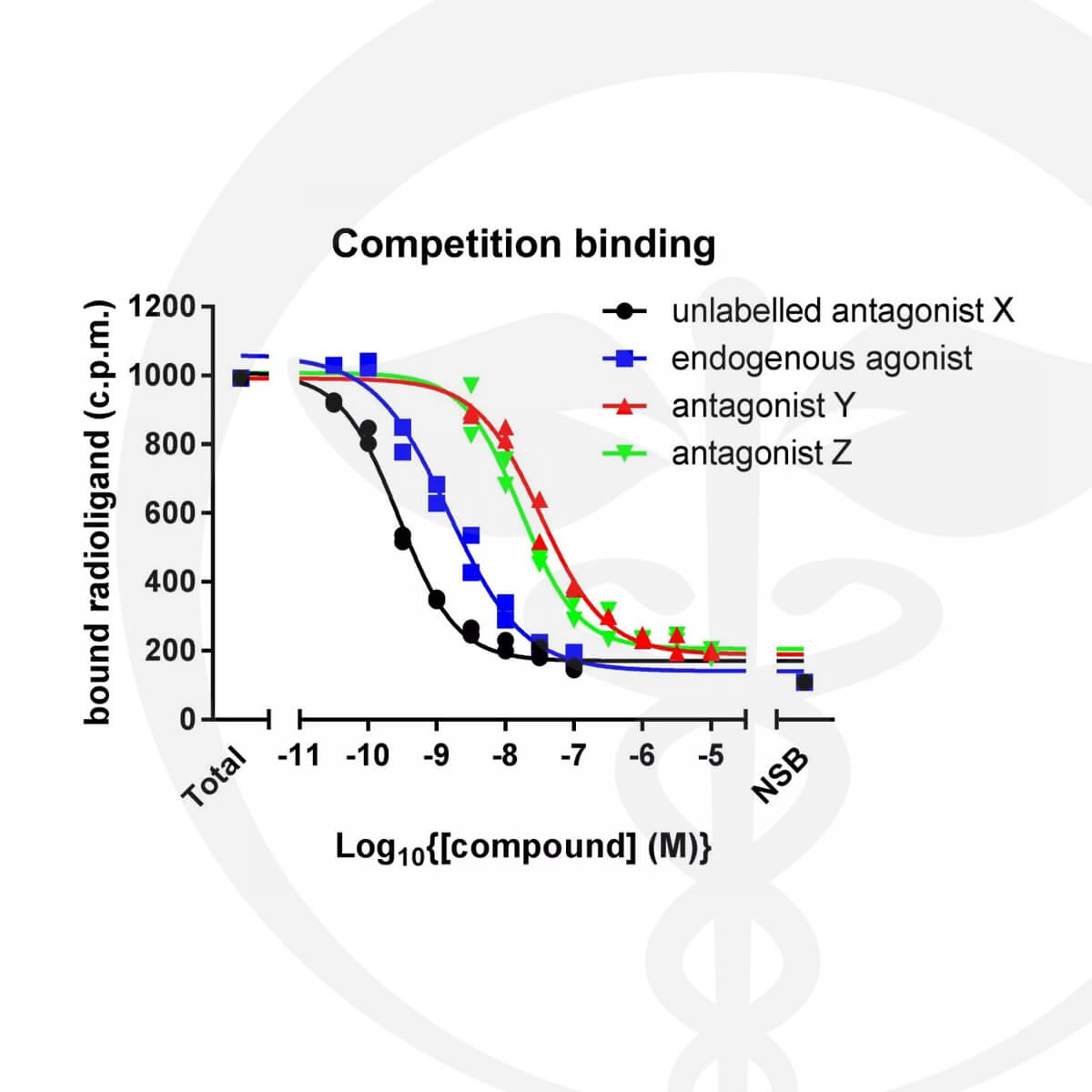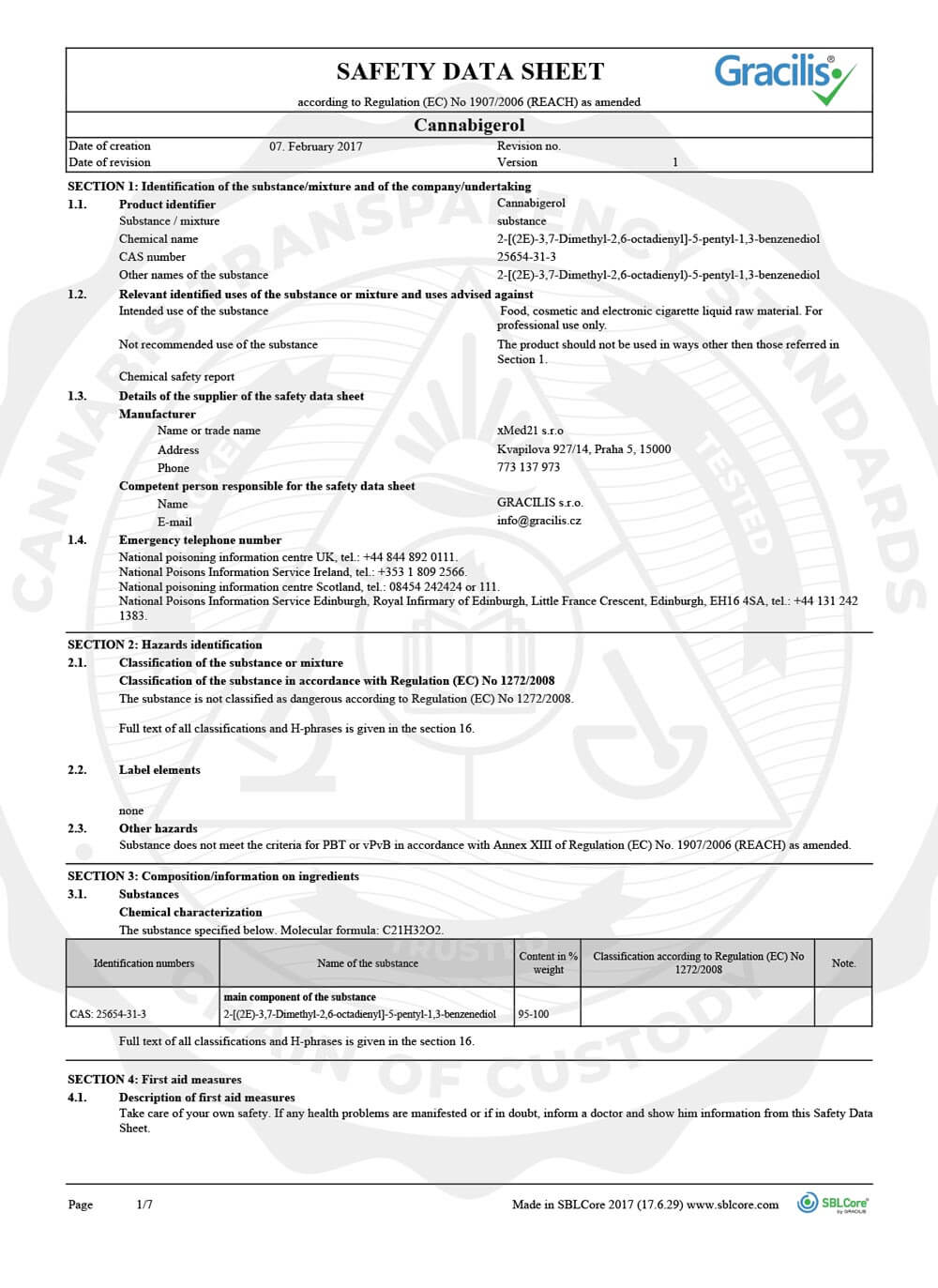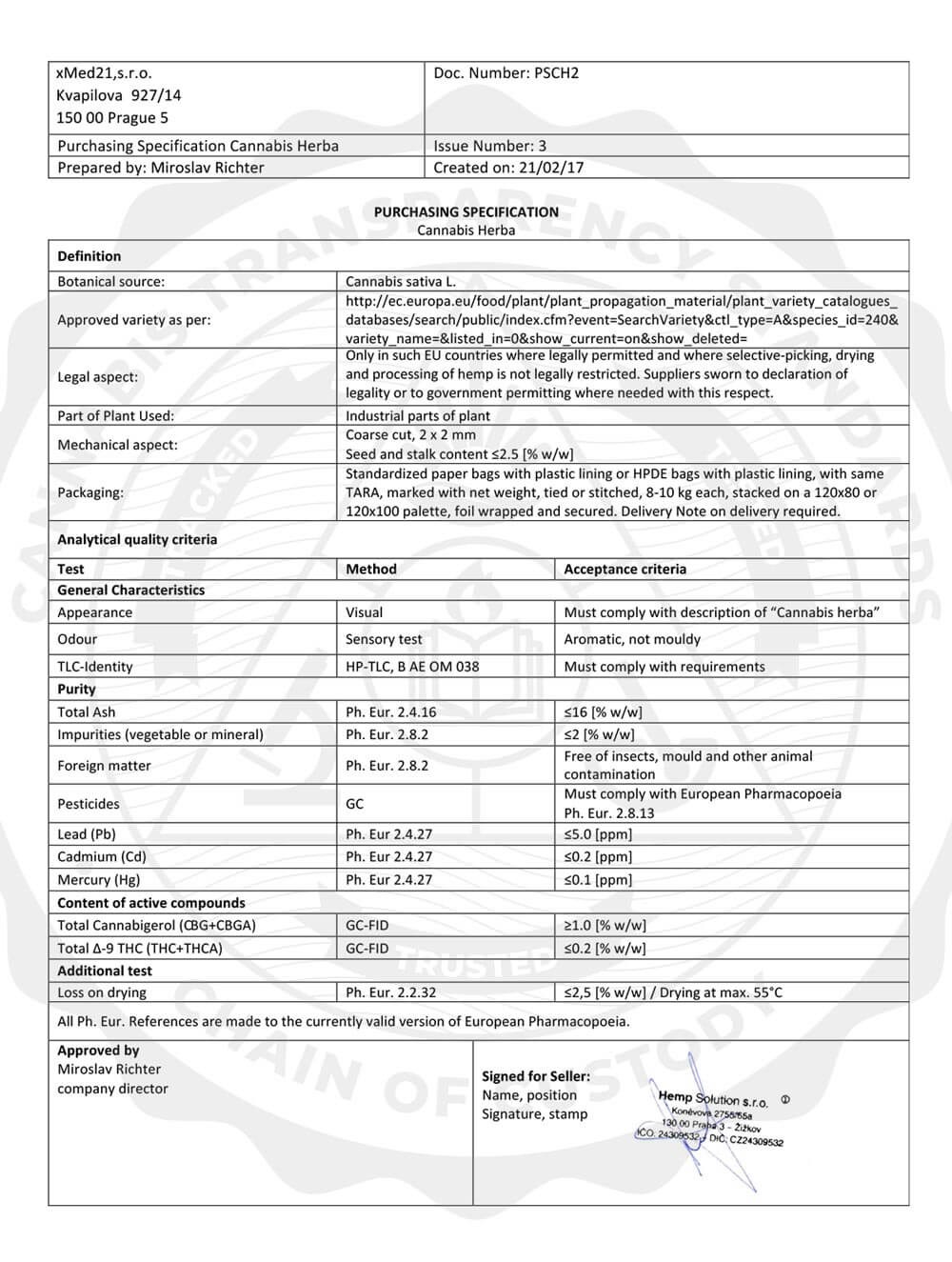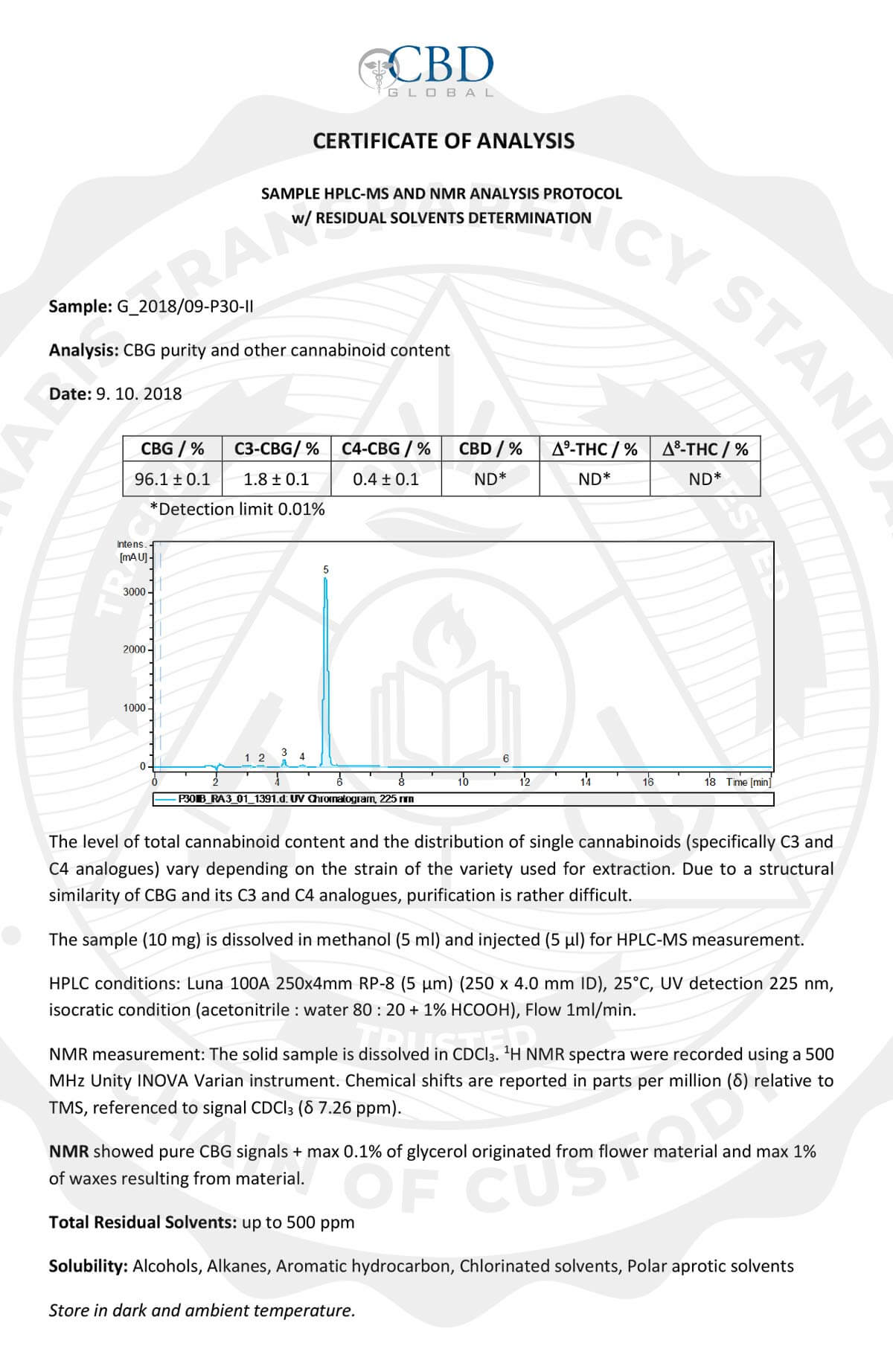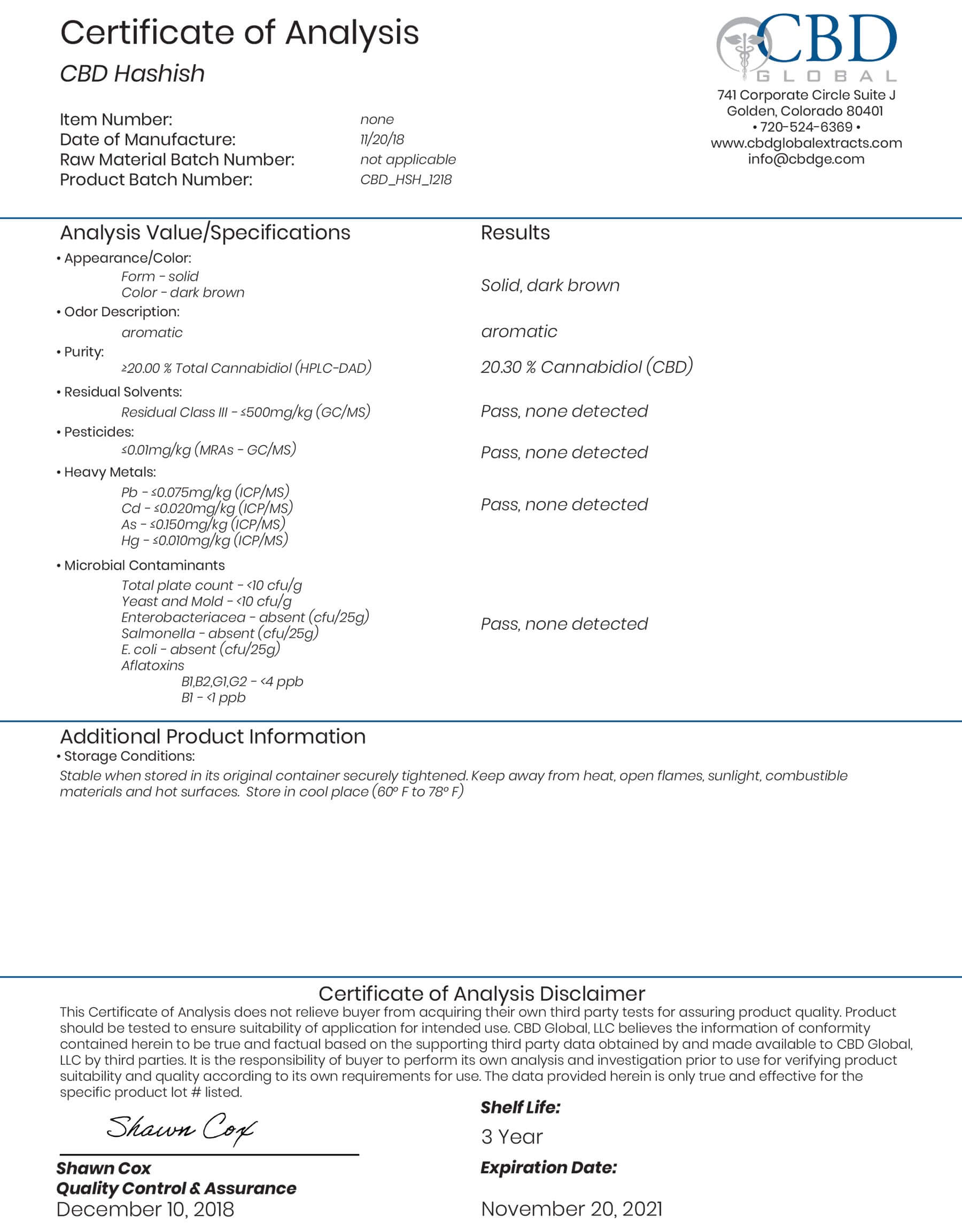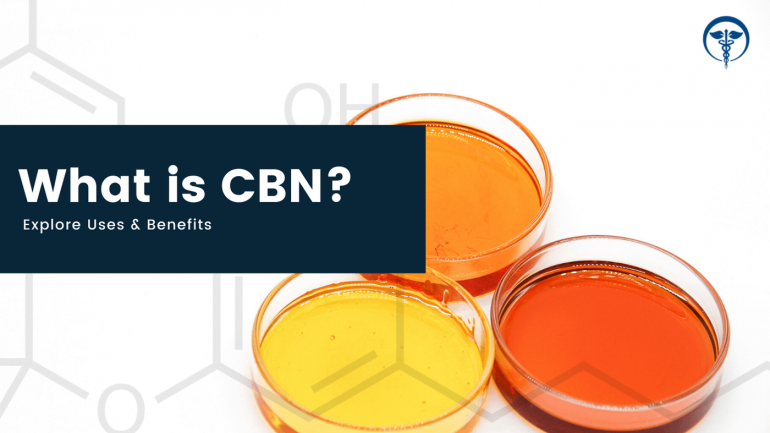
A brief cannabinoid overview
Cannabinoids are chemicals found in cannabis. These chemical compounds contribute to the varying psychoactive and medicinal effects of cannabis. The most well-known cannabinoid is tetrahydrocannabinol (THC), which is the plant’s main psychoactive compound. Cannabidiol (CBD) is the second most prevalent cannabinoid found in cannabis. While THC and CBD are now well known, there are over 100+ different cannabinoids that can be found in cannabis.
Less abundant cannabinoids known as “minor cannabinoids” include CBN, CBG, CBC, THCV, CBL, CBDV to name a few. Like CBD and THC, minor cannabinoids can be found at varying levels in cannabis and offer unique medicinal benefits. Therefore, if you’re interested in how a specific cannabis strain or product will affect you or how to formulate a cannabis product for targeted results, learning about these different cannabinoids is an essential first step.
In this article, we will focus on the benefits and uses of the minor cannabinoid CBN (cannabinol).
What is CBN?

CBN was one of the first cannabinoids to be isolated by scientists in the 1930s.1 THCA (the natural acid form of THC) converts into CBNA through oxidation and degradation processes that occur once the cannabis plant has been harvested and stored for some time. Simply speaking, when THCA is heated and exposed to oxygen or ultraviolet light, it can both decarboxylate into its non-acidic form THC or convert into CBNA. CBNA can then similarly decarboxylate under similar conditions to CBN. CBN is mildly psychoactive in relation to THC and is often found in trace amounts within plant matter that has been aged.
How does CBN work in the body?
Cannabinoids, like CBN, operate in the human body by acting on the Endocannabinoid System (ECS), which is made up of a series of receptors that promote homeostasis and are believed to regulate a variety of human functions including mood, sleep, appetite, memory, and pain. The ECS has two central receptors known as CB1 and CB2. The CB1 receptor is found in the highest occurrence throughout the brain, central nervous system (CNS), lungs and dermis (skin). When activated the CB1 receptor triggers biochemical responses within the cells to modulate physiological responses such as mood, memory, and pain perception. In contrast, CB2 receptors are primarily found throughout the internal organs, blood and bone marrow. CB2 receptors therefore have a direct impact on modulation of the body’s innate immune system.
The body naturally produces its own cannabinoids, which are known as endocannabinoids (from the Greek word Endo, meaning “from within”). Plants similarly produce their own cannabinoids, known as phytocannabinoids (from the Greek word phyto, meaning “from plants”). All of these cannabinoids bind to the same receptors within the human body (same for animals) allowing phytocannabinoids to be such an excellent source to acquire these critical molecules for health supplementation. Because so many people suffer from certain conditions that are associated with Clinical Endocannabinoid Deficiency Syndrome (CEDS), cannabis supplementation studies have shown potential to be a very effective means of managing such conditions.
CBN is a partial agonist of the CB2 receptor within the ECS and may also interact with the CB1 receptor but at a much lower affinity, than THC does.2 This means CBN won’t alter your state of consciousness to the extent of psychoactive intoxication that THC induces, however, it does trigger a response (particularly in the presence of THC) that operates as a heavy sedative. For this reason CBN is sought after for its ability to aid in sleep and combat insomnia. In addition to its popularity as an effective sleep aid, CBN has been researched for its analgesic, antibacterial, and appetite stimulant properties.
CBN uses & benefits
- The most well-known benefit of CBN is its sedative properties. Many of the relaxing and soothing effects that are associated with cannabis consumption are believed to be a result of either CBN or terpene levels, or a combination of the two. These properties can help promote sleep and reduce problems associated with sleep disorders such as sleep apnea and insomnia.
- CBN has been shown to exert positive appetite stimulating effects in rats3
- This indicates that it can potentially be used as an appetite stimulant for those suffering through medical treatments such as chemotherapy.
- CBN can decrease intra-ocular pressure and is being looked into with potential abilities to support those with glaucoma.
- Similar to other cannabinoids, CBN may show promise in cancer treatment by limiting tumor growth.4
- CBN’s similar properties to THC, as an effective analgesic to reduce pain related to inflammation, position it to be used in pain management treatments.
- CBN displays anti-inflammatory and antibacterial effects, which supports evidence that there is potential that CBN could help with certain skin conditions such as psoriasis and mild burns through topical application.
- Research has indicated CBN has the ability to slow down the onset of symptoms caused by ALS in mice, proving it to be a potential beneficial treatment for this progressive, degenerative disease.5
CBN & the entourage effect
There is evidence that the sedative effects of CBN can be amplified and work best when paired with THC. CBD Global has been conducting in-depth research on CBN for over a year with a focus on specific formulation requirements to allow CBN to activate without the use of THC. (More on this research to come!)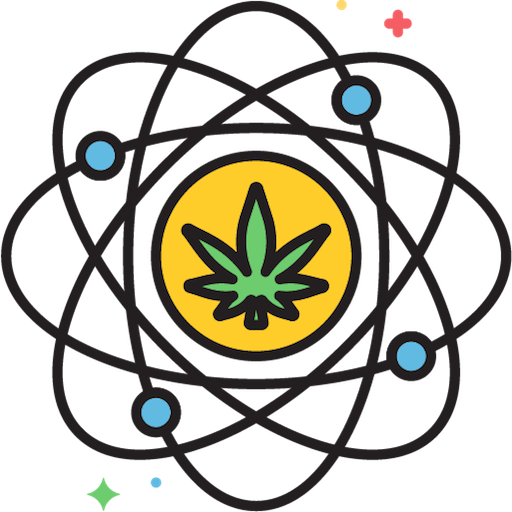
It is important to note that CBD displays properties of a negative allosteric modulator on the CB1 receptor within the ECS.6 This means that the addition of CBD into any products also containing CBN, may reduce effectiveness and lessen its sedative properties if not formulated properly. Even trace amounts of CBD can limit the amplifying effects of THC on CBN. This is because the receptor altering properties of CBD bind to receptors in the ECS in place of CBN or THC molecules that would otherwise bind and complement one another.
The entourage effect suggests that there are often added benefits to using the many compounds found in cannabis in conjunction with one another. However, this reduced effect seen when CBD is included in CBN products suggests that this term is widely used and often misunderstood. Although more research is needed to support evidence of the entourage effect, in the case of CBN products, the effects of pairing certain cannabinoids together can actually lead to a decrease in effectiveness depending on the formulation.
Where to buy bulk CBN oil
As the research into the many positive benefits and uses of CBN exhibits continues, there are certain to be more exciting discoveries into what this cannabinoid has to offer. It is important to always source CBN and any other cannabinoids from a reputable source that offers high-quality bulk ingredients. It is equally important to find a manufacturer that has the right expertise in cannabinoid formulations that allow you to take full advantage of the benefits these compounds offer.
CBD Global is a trusted source for high compliant cannabinoids and advanced formulations including CBN and CBN formulation services with over 7 years of unmatched standards in quality, compliance, and transparency.
References
- Pertwee, Roger G. Cannabinoid pharmacology: the first 66 years. Br J Pharmacol. Jan 2006. 147(Suppl 1): S163-S171. doi: 1038/sj.bjp.0706406
- Mahadevan, A. et al. Novel cannabinol probes for CB1 and CB2 cannabinoid receptors. Journal of Medicinal Chemistry. Oct 2000. 43(20): 3778-85.
- Farrimond, JA, et al. Cannabinol and Cannabidiol exert opposing effects on rat feeding problems. Psycopharmacology (Berl). Sep 2012. 223(1):117-29. doi: 1007/s000213-012-2697
- Bifulco M, et al. Cannbinoids and cancer: pros and cons of an antitumour strategy. Br J Parhmocol. May 206. 148 (2):123-35
- Weydt P., et al. Cannabinol delays symptom onset in SOD1 (G93A) transgenic mice without affecting survival. Amyotroph Lateral Scler Other Motor Neuron Disord. Sep 2005. 6(3): 182-4
- Russo, Ethan B. Taming THC: potential cannabis synergy and phytocannabinoid-terpenoid entourage effects. Jan 2011 Br J Pharmacol. doi: 111/j.1476-5381


